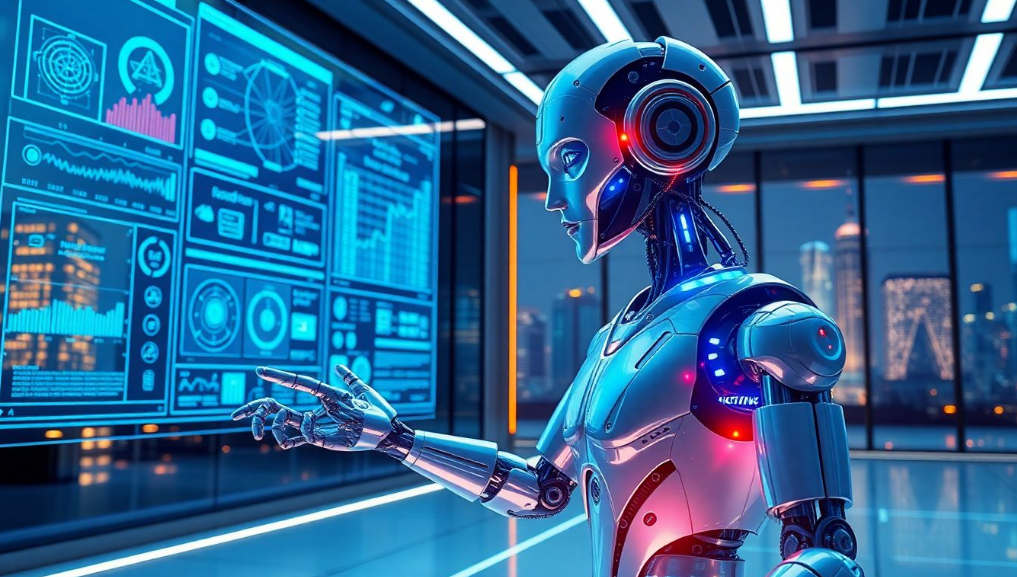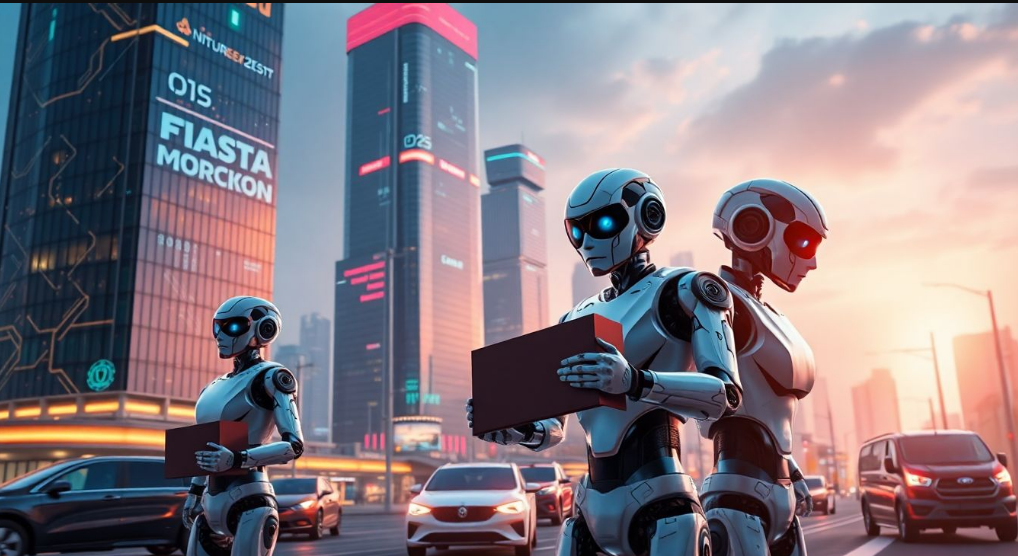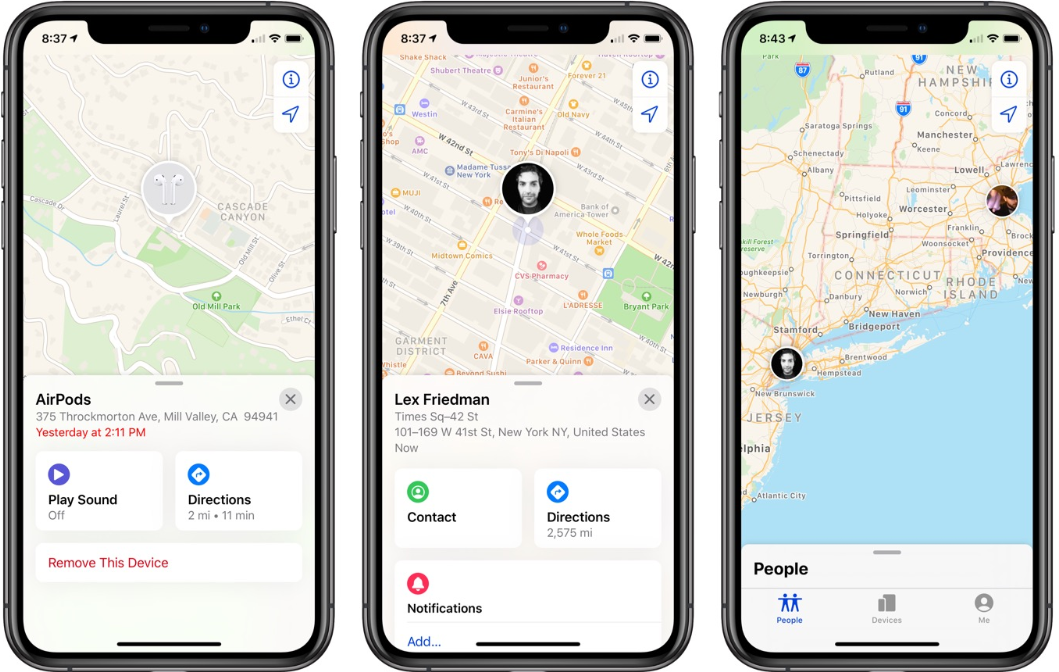How AI Robotics Works in 2025: Transforming Industries with Advanced Automation

The world of How AI Robotics Works in 2025 changes fast. By 2025, robots powered by smart AI are everywhere — in factories, hospitals, and even homes. These machines now do tasks that used to need humans. As AI gets better, understanding how AI robotics operate helps everyone — from developers to consumers. It’s exciting to see how robotic systems are transforming industries and daily life.
The Evolution of AI Robotics: From Basics to Breakthroughs in 2025
The History of AI Robotics Development
How AI Robotics Works in 2025 have been around for decades. Early robots were simple machines that followed basic commands. Over time, computers and sensors improved. In the 2000s, breakthroughs in AI and machine learning made robots smarter. These inventions set the stage for today’s advanced systems.
Major Breakthroughs Leading to 2025
By 2025, AI robotics benefited from deep neural networks and edge computing. Big data and the Internet of Things (IoT) allowed robots to learn faster and adapt better. Edge computing lets robots analyze data right on the device, reducing delays. These innovations created robots that act more like humans.
Core Technologies Powering AI Robotics in 2025
Machine Learning and Deep Neural Networks
AI models now mimic human thinking. They analyze huge amounts of data to make decisions. Neural networks, a core part of deep learning, help robots recognize images, speech, and patterns. For example, a delivery robot uses deep neural networks to navigate busy streets safely.
Sensors and Perception Systems
Robots rely on sensors to understand their environment. LiDAR sensors create 3D maps, while cameras help in object recognition. Tactile sensors allow robots to “feel” objects. These tools are used in autonomous vehicles and robotic assistants to see, hear, and touch.
Robotics Hardware and Actuators
Robots are now built with lightweight, tough materials. Drones, robotic arms, and mobile robots can move quickly and handle heavy loads. Smaller, smarter actuators control precise movements — critical for surgery robots or precision manufacturing.
Edge Computing and Cloud Integration
Processing power is split between robots and cloud servers. Robots analyze data locally for quick decisions, while complex calculations happen in the cloud. This mix ensures fast responses and smart adaptability.
How AI Robotics Operate in 2025

Autonomous Decision-Making Processes
How AI Robotics Works in 2025 AI algorithms that combine sensor data with learning models. They make decisions on their own, whether navigating a factory or assisting in a hospital. Reinforcement learning helps robots adapt when environments change unexpectedly.
Human-Robot Interaction
Advances in natural language processing (NLP) and computer vision make robots easy to talk to and understand. They can answer questions, follow commands, or recognize faces. These features make robots useful in homes, clinics, and offices.
Safety and Ethical Protocols
Automated systems include safety features and backup plans. Fail-safe mechanisms prevent accidents. Ethical issues like privacy and accountability are managed through clear rules and regulations.
Customization and Scalability
Robots can be tailored to specific industries. Small businesses use compact robots, while large factories deploy extensive robotic networks. Such scalability is vital for broad industry adoption.
Key Applications of AI Robotics in 2025
Manufacturing and Industrial Automation
Collaborative robots — or cobots — work alongside humans on assembly lines. They perform repetitive tasks efficiently. AI also powers predictive maintenance, fixing machines before they break.
Healthcare Robotics
Robots assist in surgeries with high precision. They learn to improve over time. Patient care robots help with routine tasks, easing the workload for healthcare workers.
Logistics and Supply Chain Management
Autonomous drones deliver packages. Warehouse robots sort and move goods quickly. They track inventory levels in real time, reducing errors.
Consumer and Service Robots
Home robots vacuum floors or clean pools. Service robots serve guests in hotels or entertain in malls. They have advanced perception systems, making interactions smooth.
Impact of AI Robotics on Society and Economy
Workforce Transformation
Some jobs change as robots take over tasks. New roles in robot maintenance, programming, and oversight emerge. Reskilling plays a key role in preparing workers for the shift.
Economic Growth and Productivity
Robotics boost productivity. Companies see faster output and lower costs. Several case studies highlight a good return on investments in AI robotics.
Regulatory and Ethical Challenges
Laws need updates to keep pace with AI robotics. Building trust requires transparency around how robots make decisions. Stakeholders are working toward safer, fairer systems.
Future Trends and Predictions for AI Robotics Beyond 2025
- AI algorithms and hardware will continue improving.
- New sectors like agriculture and construction will adopt robotics.
- Quantum computing might push machine learning even further.
- International rules could help guide ethical development and deployment.
External Resources and Further Reading
- McKinsey report on AI’s future in robotics explains how AI is changing factory floors.
- IEEE Spectrum on latest robotics innovations keeps up with breakthroughs.
- NIST guidelines for AI safety help understand what’s needed for safe robots.
- Online courses on AI and robotics offer in-depth knowledge.
Conclusion
By 2025, AI robotics are smarter, safer, and more widespread. They’ve become an essential part of many industries, shaping how work and life happen. Staying informed about these developments helps you prepare for a future where automation and AI are everywhere. Invest in skills like programming and AI literacy — the future belongs to those who understand and guide these powerful tools.
Keywords to Target for Google Ranking
- AI robotics 2025
- How AI robotics works
- Future of robotics in 2025
- AI automation in industries
- Robotics technology trends
- AI-powered robots
- Autonomous robots 2025
- Robotics industry growth
- AI and machine learning in robotics
- Robotics safety and ethics
- How AI Robotics Works in 2025






